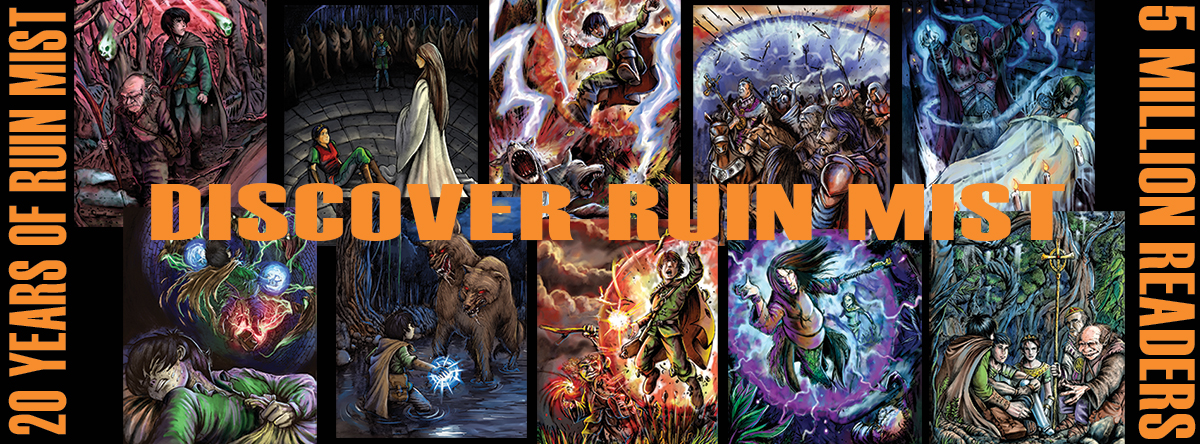

Beyond Words. A Look at Robert Stanek's Books, Life & More.
About Robert Stanek's Writing |
About Robert Stanek's Children's
Books |
On Writing & Helping
Others |
The Books |
20
Millionth Reader
Audio Books
|
Print & Digital Books |
Contact
|
Rights
|
Links
|
Thank
you for visiting Meet Robert Stanek!
A new destination site for books by Robert Stanek.
Meet Robert Stanek is part of the WRS Network. A
prolific author, Robert Stanek has written many books for
young people and adults. Renowned for creating beautiful, vibrant
scenes full of wonderful color, Robert Stanek has been called a
living legend and national treasure, his words and illustrations
have captivated the hearts and minds of millions over the past
thirty years. As a combat veteran who is partially disabled and father of a
daughter with Down Syndrome, he is a vocal champion of veterans and
the disabled. He also is a champion of books and libraries,
frequently donating his time and resources to support related
causes.
Get
Robert's books at Barnes & Noble.
Robert Stanek is the creator of
After the Machines, Bugville Critters, Magic Lands, and Ruin Mist. On Facebook, he posts regularly to his author page. You'll find him on twitter
@robertstanek.
His blogs include: Around the Town Books, Books & Things and Read Indies. Find his blog archives here.
Some people wear one hat or two, Robert has always worn many. His
hundreds of written works as William Stanek (primarily nonfiction)
and Robert Stanek (primarily fiction) are well known, less well
known are the thousands of iconic photographs and hundreds of canvas
paintings he created for World Galleries over the past 30 years.
With the permanent closing
of the physical galleries in spring 2021 due to the worldwide
pandemic, Robert and his wife stepped out from behind the scenes to
support the online initiatives for 360 Studios, @24 Studios, 1North
Studios and Studio 2. You'll find three decades of their creative
work at:
pictorem.com/gallery/360.Studios
pictorem.com/gallery/Robert.Stanek
As a notable writer, photographer and artist, Robert has met
presidents, kings, a queen, a few princes and princesses, and yet it
was a meeting with Ronald Reagan and George HW Bush
in the early 1990s that he remembers most vividly. Both were
trustees of the National Awards program at the Freedoms Foundation
at the time, and he had recently received the Distinguished Flying
Cross for his wartime service to the USA and the George Washington
Honor Medal from the foundation. “It was an honor,” Robert says, to
have those great men shake his hand and mean it when they
congratulated him for his achievements, but for Robert those
moments marked a beginning, for in his view he had not yet achieved
anything. And so he set out determined to make his mark on the
world. Decades later, most would agree he has indeed succeeded.
For decades Robert never talked much about people he knew in the
industry but recently he
Find Books by Robert Stanek Play | Amazon | Barnes & Noble | Kobo | Oyster Books | iBooks & iTunes
|
 Robert Stanek has written quite a few books over many years. Although Robert Stanek doesn’t really keep count, sometimes his publishers will ask when they’re editing his bio and that’s how he realized 2020 was the year his 250th book was published. He’s been writing stories most of his life, though a professionally published author only since 1995. When asked recently about where he gets his ideas from, Robert Stanek said, “I’m getting a bit long in the tooth, but the young man I once was got ideas from everywhere. I used to wake up with my thoughts spinning. New characters. New stories. New plot turnings. Someday I hope to get back to that place in my life where ideas flow like water over a falls.” Robert Stanek's Guide to Publishing & Being an Author: Traveling the Writer's Road | Taking Your Work From Print to Film Selling Rights to Your Books | Viewpoints on Rejection Letters Understanding Bestseller Lists | Finding Success as a Writer How Far Indies Have Come in so Few Years | Understanding Book Sales Data Understanding Publishing Today | From 4th Grade Musings to Published Pro Don't Quit Your Day Job Just Yet | Tours of Duty - Write What You Know Using Twitter Effectively | Now Appearing... Places Books Have Been How I Made This Crazy Thing Called Writing a 20-year Career The Road To Success is Paved with Potholes | Climbing Mountains Understanding Long-tail Publishing and Hybrid Authors What It's Like to be Wildly Successful as an Author Shopping, Dragons, Independents, Oh My! Protecting Your Books from Pirates Printing Your Own books | Amazon's Rotten Core Supporting Veteran Authors Who Support Veterans
|

|
Close Up:Celebrating Wallace Stegner & Robert Stanek's Shared Heritage & Successes
Uncle Wallace, as Robert Stanek knew Wallace Stegner, won the Pulitzer
Prize in 1972, the National Book Award in 1977, but on an
ethical basis refused a National Medal from the NEA in 1988.
Robert's forefather was like that, always working against the
grain, and in that they shared common ground. Looking back, in
fact, it’s remarkable how much common ground they shared in
their
decades-long careers as writers and in their everyday lives. Wallace Stegner was a tall man both in stature and legend. Robert had the tall part down pat. Like his wife of 31 years, Wallace's wife of 52 years, Mary, was short, rising only to his shoulder, and as instrumental to his work as the air he breathed. Uncle Wallace was an adopted son of Utah, as Robert Stanek was of Wisconsin. Their home states were where they grew up and what they thought of as home even though as adults they chose to live elsewhere. Robert split his time between Washington and Hawaii when he could, just as Uncle Wallace travelled between homes in California and Vermont. Wallace and Robert had hard-scrabble childhoods. They were moved about by their parents, to the countryside in their youth. They experienced the worst of poverty, the failings of their parents. They learned early that you didn't complain, that you must keep a stiff upper lip, and that you never abandoned anything you started. Wallace and Robert fell in love with the West, each in their own way. All of these things influenced their lives and made their writing unique. Uncle Wallace schooled Robert regularly against succumbing to the trend du jour of headquarters, aka the American publishing houses in the east. He was to write whatever the hell he wanted, theme du jour be damned. Writing their way came with a heavy cost; they paid heavy penalties for being out of step with the literary establishment. Wallace was impatient with Robert's early writing, always wanting it to be more staid and literary. Once Wallace understood that Robert saw writing as a challenge to the soundness of his character, as Wallace did, Wallace embraced it heartily. Although Robert's work was eventually published and/or distributed by nearly every major American publisher, he still did it his way and bent the publishing world to his will just as Wallace did—and when headquarters wouldn’t bend enough Robert went independent just as Uncle Wallace told him he should do when it was time. Credited as the co-creator of the modern creative writing industry, having taught writing first at Iowa, Harvard and Wisconsin, and then at Stanford, where he built the prestigious program, Uncle Wallace blazed trails by teaching young people to write literature. As a respected and skilled teacher himself, Robert gave instruction on new technologies and is credited with transforming the computer writing industry with his plain language style. A style that Microsoft eventually adopted for its own, having been unable to bend Robert to its will to write in Microsoftese, that unknowable language only Microsoft itself truly ever understood. Millions of training courses taught by Microsoft and others used Robert's words as their foundations.
Uncle Wallace wrote short stories, fiction and nonfiction.
His more than 30 full-length works include 13 novels, with
the Pulitzer Prize winning “Angle of Repose” and the
National Book Award winning “The Spectator Bird” being among
his best known works. His eight works of nonfiction include
an autobiography, a biography and a book on teaching
creative writing. Wallace Stegner believed steadfastly in
the American West and in later years in its preservation,
which he wrote about in essays and several collections.
Thanks to his words and encouragement, conservation and the
environment are constant themes in Robert's own work as well and
especially in Robert's Bugville Critters books.
Most of Uncle Wallace’s correspondence from his long,
storied writing career, both personal and professional, were
kept and curated by his wife, Mary, and are now shared by the
Special Collections Library at the University of Utah. But
Robert
knows personally that the collection doesn’t contain all of
Wallace's correspondence. Uncle Wallace threw a long shadow over
Robert's life and career. Wallace is a reason Robert became an editor and
columnist for the school newspaper in the 4th grade
and never stopped writing afterward. Robert wrote to challenge
himself and prove his character every day, just as Wallace did. Wallace challenged Robert to succeed on his own, on the merits of his work, and he did. Robert signed his first contract and broke into publishing on his own in 1995 writing nonfiction, nearly 2 years to the day after Uncle Wallace passed away, having written many original works of fiction that garnered Wallace's approval but were as yet unpublished. Wallace told Robert to never lose the writer’s voice he’d found and encouraged him to always keep challenging himself, to prove his character through his writing, to write more about his life and experiences, and to most especially continue his crusade against the literary establishment. This was at odds with the way Wallace's son, Page, wrote. Page was an academic at heart and a historian, who also taught creative writing for many years, but mostly published scholarly works. Robert's forefather Wallace Stegner told him winning the Pulitzer was impressive but it didn’t really help sell his books or pay his bills, nor did the National Book Award, nor the three O’Henry awards, nor the two Guggenheim fellowships. It wasn’t that he didn’t like fame, hobnobbing with the elite, or his charmed life. He appreciated the accolades bestowed upon him, but it all became a distraction from his writing. His works in his lifetime sold hundreds of thousands of copies, they did not sell millions. Because of this, he often took on projects for the money, which is something he told Robert not to be afraid to do. The craft of writing is about the writing. Professional writing is work. Professional writers write to pay the bills and pay the bills Robert did as he wrote for major publishers across several decades.
Robert never wanted Uncle Wallace’s academic career, awards or
social calendar. Sure Robert taught in colleges, hobnobbed
with royalty, met and dined with presidents and generals,
was paid thousands to speak to captains of industry, but
he always preferred the simple life, regular folk and the
quiet comfort that comes from routine. The simple routine of
putting words to paper is Robet's routine, and that’s something
Uncle Wallace would have appreciated as he always wanted to
do more writing and less hobnobbing.
The name Wallace Stegner never became a household name in
his lifetime. Nor has he become a literary celebrity,
despite three biographies written about his life and career.
He is thought of as a great but uncelebrated writer. He was
okay with that and with what he’d achieved, just as Robert
is okay with what he's achieved. Over the past 35 years, Robert Stanek
written hundreds of original works and they’ve been
translated into 57 languages and counting. He says he'll take
millions of copies sold over fame and celebrity any day.
Traveling in France some years ago, Robert couldn’t help but
smile and remember Uncle Wallace when a Parisian
acquaintance told him that the American west was all cowboys
riding the range and how the cowboy hat and boots he was
wearing were just like the ones the real American cowboys
wore. Uncle Wallace would have understood the irony in that
statement because he rejected these superficial aspects of
Western mythos, telling Robert more than once that the idea of
the cowboy alone on the range was completely false. The West
wasn’t about rugged, self-reliant individuals, it was about
people coming together and cooperating to accomplish much
more than they could alone.
The most popular imagined lands by Robert Stanek include stories that take place in Ruin Mist and a BIG little place called Bugville. When Robert Stanek brought Ruin Mist to audio in 2005, the books catapulted to #1 on Audible for FOURTEEN consecutive weeks and then stayed on the Kids & YA Top 10 for the next THREE YEARS. Robert Stanek's books have been written about and recommended by the YA librarian staff at VOYA, Publisher's Weekly, Parenting Magazine, the Journal of Electronic Defense, The Children's Bookshelf, Children's Writer, Popular Series Fiction for Middle School and Teen Readers: A Reading and Selection Guide, and other fine publications and periodicals.
Wondering where to start reading Stanek's work? Consider
"The Best of Robert Stanek" list from OverDrive's
"ContentWire for Libraries"...
|
 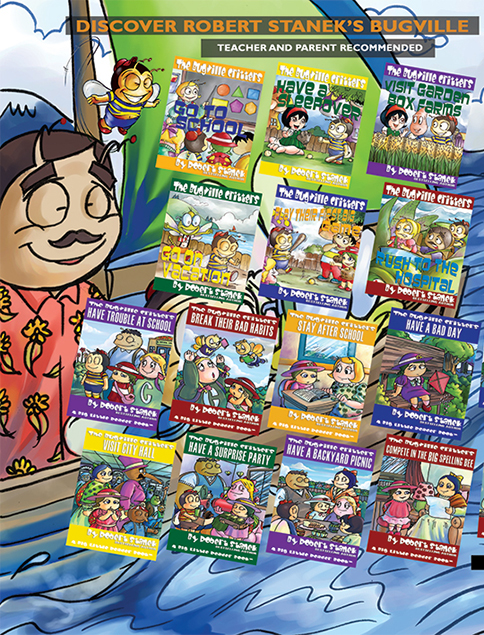 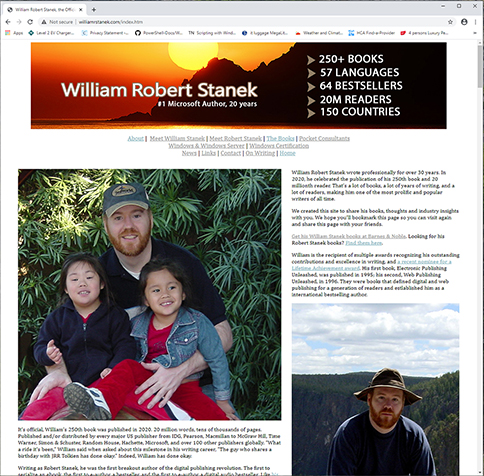      |
    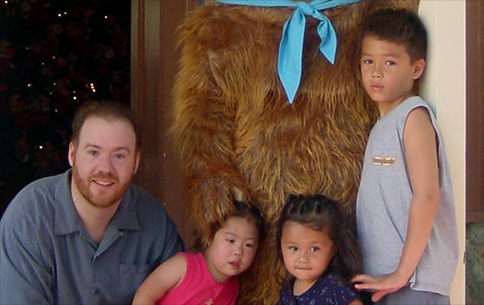 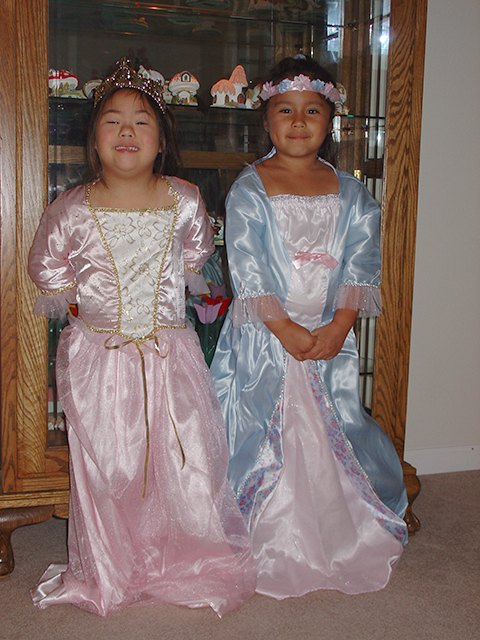    |
|
About Robert Stanek's Writing |
About Robert Stanek's Children's
Books |
On Writing & Helping
Others |
The Books |
20
Millionth Reader
Audio Books
|
Print & Digital Books |
Contact
|
Rights
|
Links |
Home
(c) 2011 - 2020
All Rights Reserved